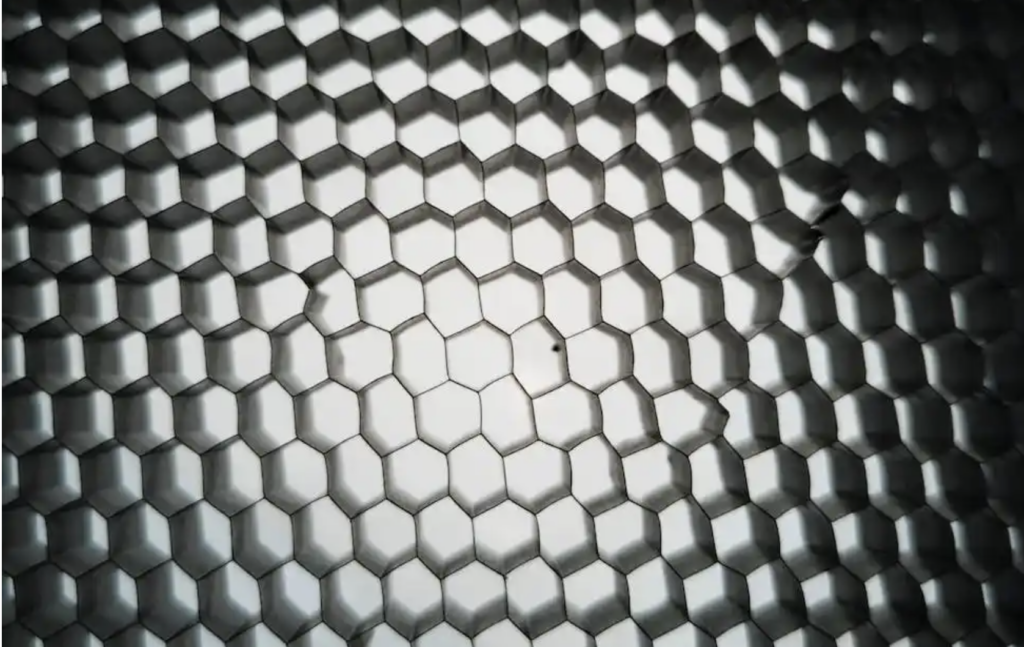
In our new series we focus on common questions when it comes to discussing sustainability and hotels.
Today we are looking at Embodied Carbon.
What is it? Hotels contribute to about one per cent of global carbon emissions and most people think about this in terms of the emissions produced from operating practices. However there is another type of emission we rarely hear about. Embodied carbon is the total CO2 emitted when producing materials, which means when you build a new hotel or make extensive refurbishments or extensions you have to take into account the carbon footprint of that work. Embodied carbon is also calculated with the energy used to transport the materials as well as the emissions from the manufacturing process.
What’s the issue? Concrete, steel, and aluminum are responsible for 23 per cent of total global emissions (mostly from the built environment). While a lot of hotels and hotel groups focus on the environmental cost of operating a property or group of properties, this is massively different from the emissions produced from building hotels. For example, the embodied carbon for room2 Chiswick, the UK’s first carbon neutral aparthotel (known as a hometel) was 2,500 tonnes of carbon, as opposed to the operational carbon for room2 Chiswick, which is 15 tonnes of carbon. A huge difference.
How is embodied carbon calculated? Surveyors and architects, as well as designers, will be able to calculate embodied carbon at the point of design. Architects use Building Information Modeling (BIM), which is a bit like Computer Aided Design (CAD), but it has information embedded in the drawings – so if a hotel is being designed and all the materials and building management systems and material used / measurements are put into that design, BIM will be able to show the embodied carbon for the build. It kind of keeps the information in the walls of the design, which can be accessed at any time, even after the build, to be used for future measurements and adjustments.
What can hotels do about it? Hotel developers, architects and designers can keep embodied carbon emissions down by sourcing more environmentally friendly materials and products and using Passive House design principles for the most energy efficient building designs (60 per cent of operational carbon emissions come from hotels trying to regulate temperature). Hotels need to be transparent about embodied carbon when talking about sustainability. Once they have acknowledged the emissions during a build or refurb they can offer ways to offset them by operating the hotel to be carbon neutral – eg use solar / 100 per cent renewable energy, use carbon offsetting schemes and set targets to reach a carbon neutral status (which would mean being carbon neutral for both operational and embodied carbon).

